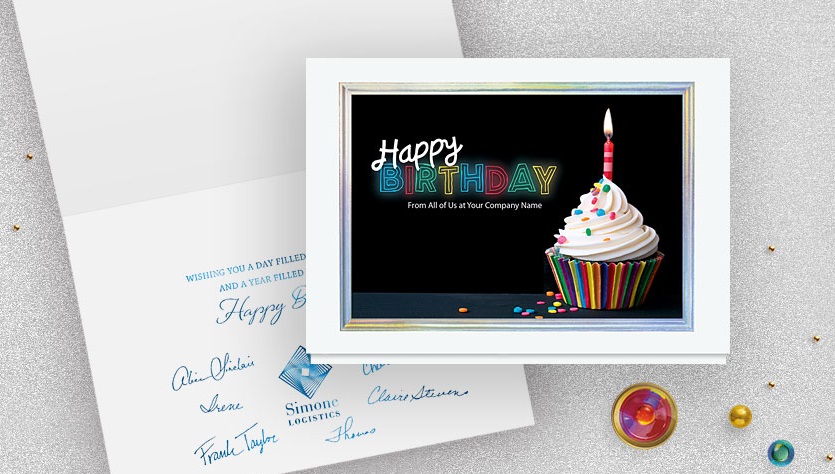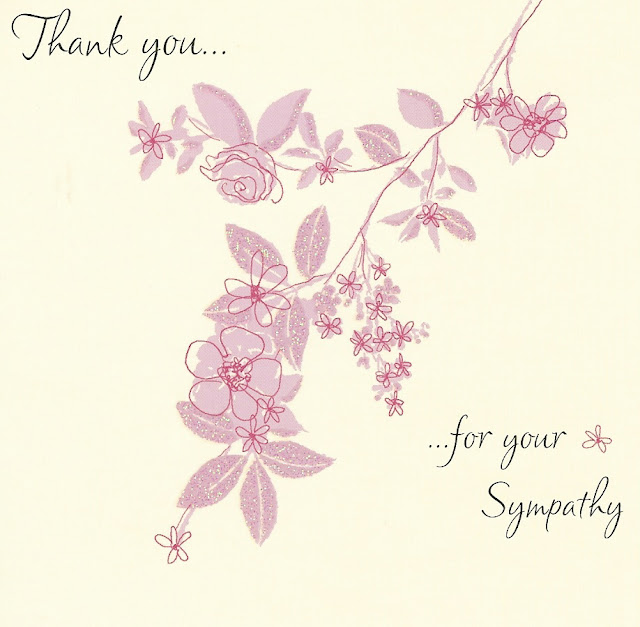It can be difficult to know what to say or do when a friend or relative loses a loved one. And that difficulty can be compounded when the one suffering a loss is a co-worker; someone you spend hours a day with but aren’t necessarily close to.
Sympathy cards are important because they allow us to acknowledge a deeply personal experience as unobtrusively as possible.
Sympathy cards allow us to express what we might feel too awkward to say in person. Sometimes it’s hard to know the right words, or the right time. Sympathy cards perfectly sum up the sentiment we hope to convey, offering messages of comfort and compassion that can be read whenever the bereaved is ready.
Death shouldn’t be treated like a secret or something ‘we don’t talk about’ and it can mean so much to those who are mourning to know they’re being thought of with kindness, that their loss matters and they’re not alone.
While it might be hard to read early on, the thoughtful words of a sympathy card can provide comfort as time passes and there are many who save and re-read notes of sympathy whenever they’re in need of that comfort and connection.
As a business it’s important to respect your employees as individuals. Acknowledging such a profound personal event with a thoughtful sympathy card speaks volumes about your business and how it values its employees. Gallery Collection offers a wide variety of beautiful, high-quality sympathy cards and messages of compassion that perfectly convey your offer of support and comfort during a difficult time.
Mark Twain said, ‘It’s never wrong to do the right thing’ and sending a sympathy card is a gesture that will be appreciated at a time when kindness and consideration are needed most.







